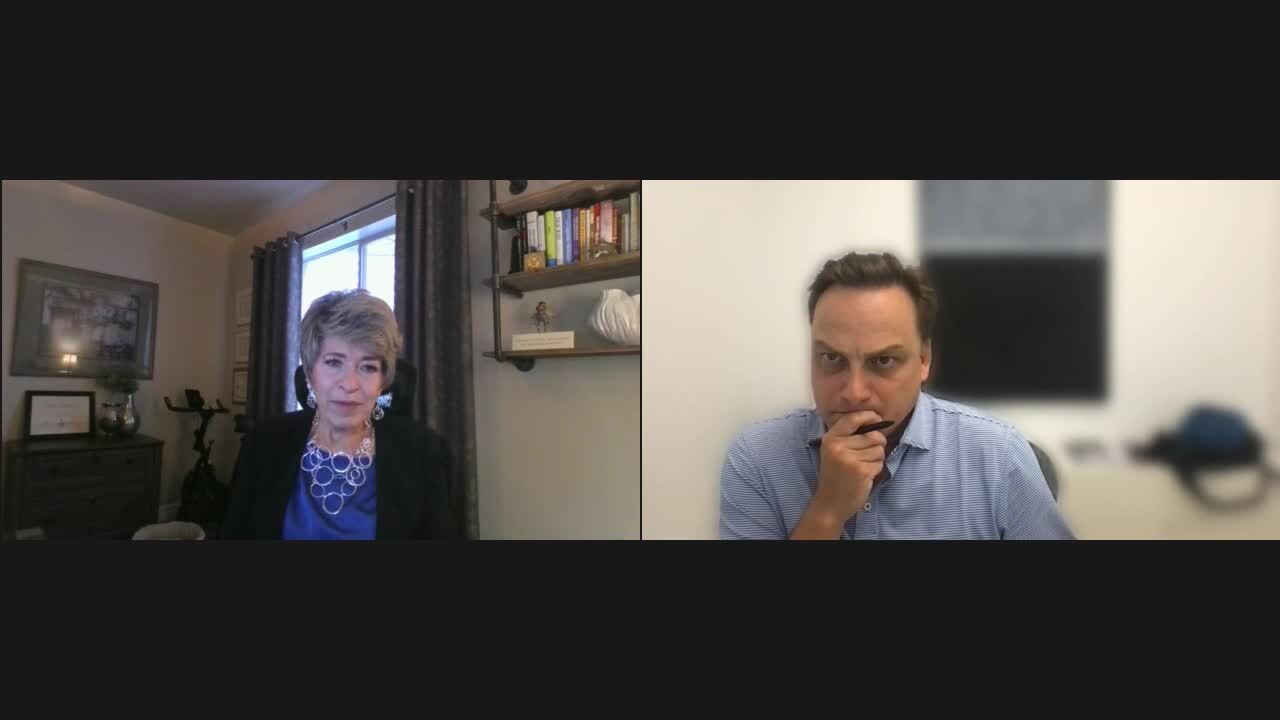Healthcare
Insights from Medicaid Leaders on Reaching and Engaging the Medicaid Population
Featuring Lynette Hansen,
Associate Vice President, Quality Improvement and Risk Adjustment, Molina Healthcare

Watch the full Webinar Here
In our most recent webinar, SVP of Healthcare at Relay, Dan Sweeney, sat down with Associate VP, Quality Improvement and Risk Adjustment at Molina Healthcare, Lynette Hansen, to discuss the effects of the Medicaid unwinding after the public health emergency (PHE) expiration on Medicaid members and the health payers that serve them. For context, there was an influx of Medicaid enrollees at the onset of the pandemic as a result of job loss and income changes. In fact, for Lynette and her team at Molina, it was “the highest new enrollment period that they had experienced ever.” During this period, those who were on Medicaid did not have to go through the standard yearly renewal process known as redetermination to ensure that coverage stayed in place during the tumultuous time. It renewed automatically for them.
Fast forward three years, and in April 2023, the PHE expired, and with that, renewals for Medicaid members resumed. However, the communication efforts around the resumption of redetermination were not great. Urban Institute shared that a staggering 62% of Medicaid members were unaware of the renewals prior to the April expiration date, and to this day more than 4 million people have lost their Medicaid coverage across the United States, with 75% of those disenrolled due to procedural or administrative reasons rather than eligibility.
More than 4 million people have lost their Medicaid coverage across the United States, with 75% of those disenrolled due to procedural or administrative reasons rather than eligibility.
KFF
As a quality improvement leader, Lynette shared that the unwinding of Medicaid has not only hindered members’ ability to receive the healthcare that they need, but it impacts quality improvement metrics, like HEDIS scores, for the plan as well. “We work very vigilantly trying to make sure that our members get preventive services done, which meet our quality improvement metrics. If you’re familiar with HEDIS, we’re continuously trying to improve our HEDIS scores, which means we’re looking at childhood immunization rates, adolescent immunization rates, blood pressure control. Through the redetermination, we have seen real volatility in our membership lists. We’ve seen our denominator in some of these measures drop 300 members, 3000 members in a one month span.”
Through redetermination, we have seen real volatility in our membership lists. We’ve seen our denominator in some of these measures drop 300, 3000 members in a one month span.
Lynette Hansen
Lynette went on to explain the steps that were taken across the state to address this challenge as well as how Molina conducted their own outreach to members. “Our state did a lot of public announcements. There were commercials on television and radio to alert people that this was coming. There was a mailing campaign that went out asking people to be sure that their contact information was updated.” And as the health payer, she shared that they sent out similar messages. “We put forth every effort utilizing all of the channels of communication we could. We sent out letters, we did IVR calls, we did some live calls, and we also used text messaging to get information into the handset, emails where we had email addresses.”
However, despite that initial outreach, many members have continued to lose coverage. As of today, Lynette said that they are continuing to reach out to their members with information to guide them through the process and connect them with the right organizations that can help to assist them. She noted the success of pop-up events at local high traffic areas. “We set up a pop-up event where we have the assisters there and information so that [members] can come and get some education.”
But in terms of more traditional communication efforts, some have proven more successful than others. Lynette noted, “Phone calls were very hit and miss, you had a very low connectivity rate. Letters, it was very difficult to measure whether the letter was being opened, was it being read? Was any action being taken?” However, she went on to speak about their success with texting and Relay Member Feeds. “Our Relay and text messaging has the highest response rate and the highest action rate of the other methods that we use.”
Our Relay and text messaging has the highest response rate and the higest action rate of any other methods that we use.
Lynette Hansen
In fact, Molina is leveraging text messaging and Relay Member Feeds beyond redetermination reminders and more importantly as a major component of member onboarding and ongoing engagement. Lynette shared, “We have set up an automated message through Relay, so within 24 hours of getting the information on a new member who is enrolled, a welcome message goes out through Relay. We feed them information in bits and pieces through the Relay messages so that they get accustomed to receiving that regular message and all of the actions help direct them to being self-serving so that they don’t have to call customer service every time they have a question.”
Because of the challenges that Medicaid agencies and MCOs, like Molina, have faced during this unprecedented time, Lynette recognized the importance of connecting with Medicaid members early and often on these channels and establishing trust so that they engage and act on the important health reminders that they receive. With a more streamlined communication strategy in place, and using channels like texting and Relay, plans can more easily overcome challenges like this in the future.
Tune into the entire webinar conversation here.
If you are interested in learning more about Relay and the Relay Feed, reach out to sales@relaynetwork.com
If you would like to experience a Relay Member Feed for yourself, click here.